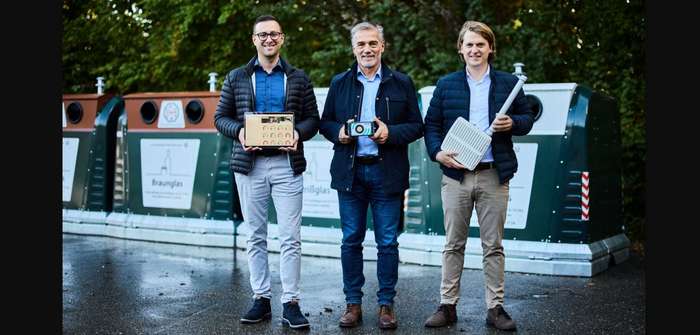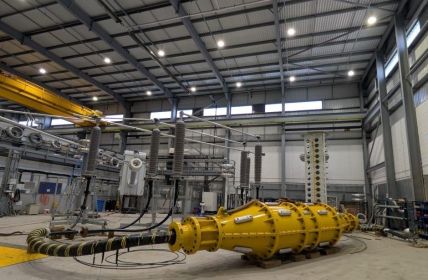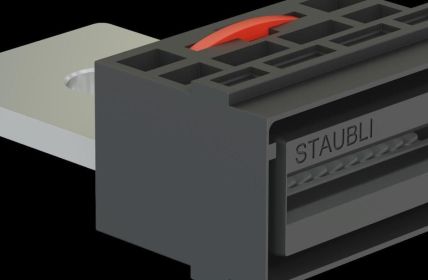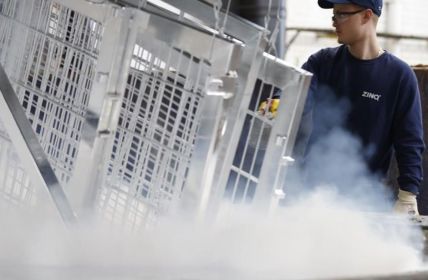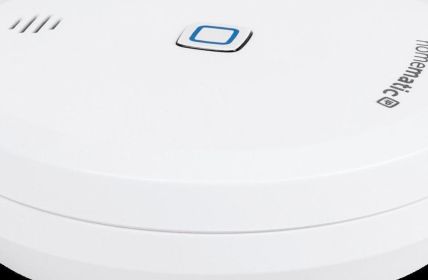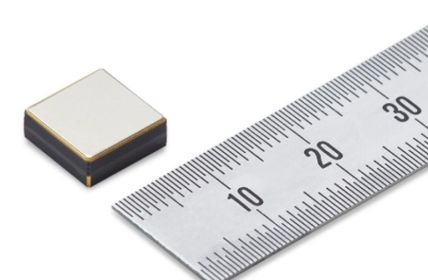Waste glass containers are very useful because the glass collected in them can be fully recycled. However, there is the problem that the filled containers have to be emptied again. Fixed dates are usually created for this purpose. But this does not always work. Sometimes there is only a small amount in some used glass containers. In that case, they would not have to be emptied yet.
This means that the truck makes a completely superfluous tour, incurring unnecessary costs. Other containers, however, may be filled much earlier, so that empty bottles and other containers made of glass are simply disposed of next to them. To avoid these problems, Badenova AG has developed the LoRaWAN fill level measurement system for used glass containers.
Table of Contents: What awaits you in this article
Badenova subsidiary bnNETZE equips containers with fill level sensors
As early as 2020, Abfallwirtschaft und Stadtreinigung Freiburg, or ASF for short, has equipped the first 50 containers with the modern fill level sensors. The IoT technology LoRaWAN is used for this purpose. The fill levels of the containers are recorded several times a day and transmitted to a control center. Soon, another 50 glass containers will be equipped with this innovative technology. In the first step, mainly containers in the outer peripheral areas of Freiburg were equipped.
The reason for this is because this is where the longest driving distances are. If a truck has to drive many kilometers through dense city traffic, this not only takes a long time, but also costs a lot of fuel. It also contributes to air pollution in the already heavily polluted inner cities. It is all the more annoying when the container to be emptied is only half full or even less.
Ambitious project of the ASF
In the long term, all glass containers are to be equipped with fill level sensors. If Thüga AG had its way, LoRaWAN technology could be used in many other areas as well. Since the cooperation with bnNETZE works very well, those responsible hope that the tours for emptying the containers can soon be planned much more precisely. In addition, this technology will be used to determine what the usual behavior of users is in the respective areas. This may possibly lead to additional containers being placed in one area or another for the disposal of used glass.
Why LoRaWAN of all things?
It is not only fill level sensors for glass containers that can be equipped with this technology. The advantage of LoRaWAN is that large amounts of data can be sent over a long distance without consuming much energy. This is why Thüga AG is already toying with the idea of equipping sewage shafts, water levels in streams and many other facilities with it. This is a very good basis for a modern smart city.
Badenova AG is fully satisfied so far
Although only the beginning has been made in equipping the glass containers with the modern level sensors, both Badenova AG and its subsidiary bnNETZE are so far very enthusiastic about the initial successes. The companies and also the ASF in Freiburg see enormous potential in this new technology. If the routes of the garbage trucks can be optimally planned, there will be no more unnecessary trips. This saves costs and reduces the burden on the environment.


